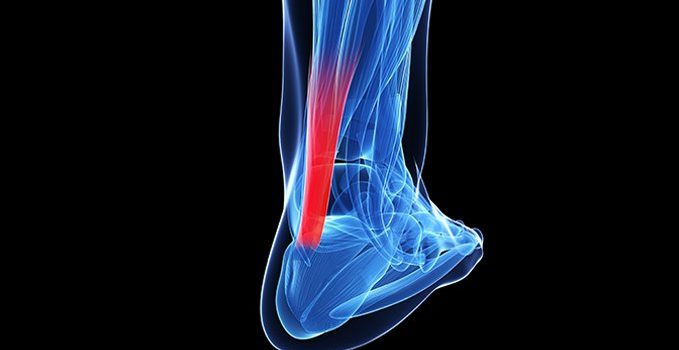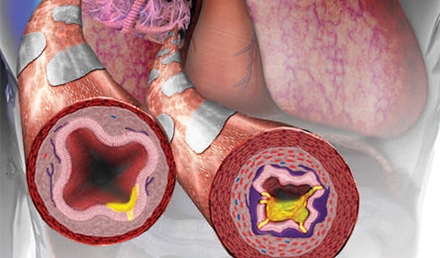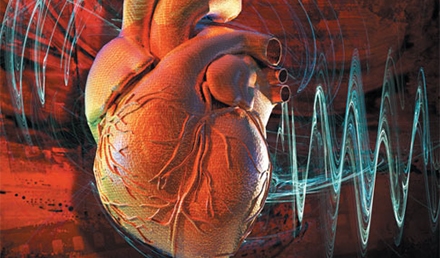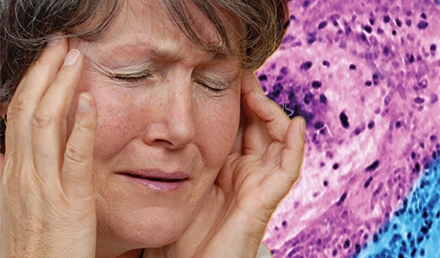Urgent message: This is a really big deal to urgent care clinicians and operators. Introduction Achilles tendon (AT) ruptures account for approximately 40% of all operative tendon repairs.1,2 With 18 ruptures per 100,000 people, it is the most frequently ruptured tendon—and the incidence of AT ruptures has been steadily increasing over the past few decades.1–4 Typical patients include athletic males between the ages of 30 and 50.3 Because the AT is the strongest, yet most …
Read More






